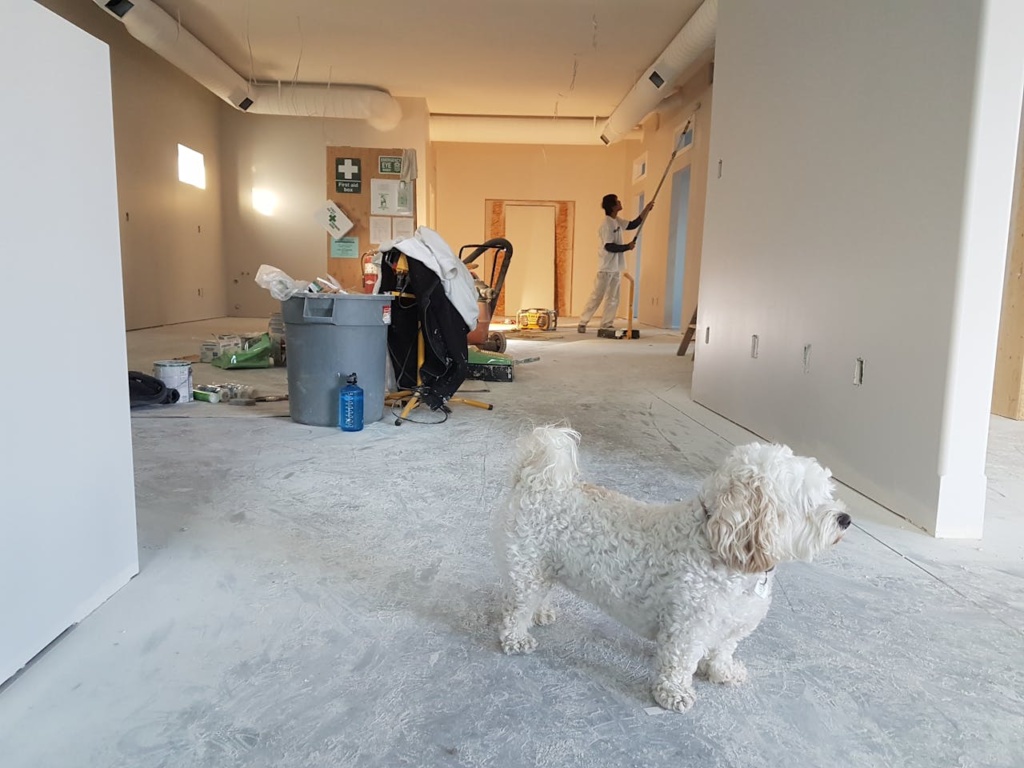Aging in place is becoming increasingly popular. Many people prefer to stay in their homes as they grow older. Renovating your home for accessibility ensures safety, comfort, and independence. This guide will help you understand the steps and considerations for such a renovation. Whether you’re planning for yourself or a loved one, these tips will be invaluable. Let’s explore how to renovate your home into a more accessible and welcoming place.
Understanding Aging in Place
Aging in place means living in your own home independently and safely as you age. It requires thoughtful planning and modifications. The goal is to create a living space that accommodates changing physical abilities. This might involve small adjustments or major renovations. Each change should aim to increase comfort and accessibility. Starting early can make the transition smoother.
Evaluating Your Current Home
Before starting renovations, evaluate your current home layout. Identify potential hazards and areas that need improvement. Consider entryways, hallways, and room layouts. Are there stairs that might become difficult to navigate? Are bathrooms and kitchens easy to use? A thorough assessment helps in planning effective modifications.
Planning Your Renovation
Careful planning is crucial for a successful renovation. Start with a list of priorities based on your evaluation. Consult with experts, such as architects or occupational therapists. They can provide insights and suggestions tailored to your needs. Budgeting is also important; determine how much you can spend on renovations. Remember, some changes might qualify for grants or financial assistance.
Improving Entryways and Exits
Accessible entryways are essential for aging in place. Install ramps or threshold ramps to replace stairs. Ensure doors are wide enough for wheelchairs or walkers. Consider automatic door openers for added convenience. Good lighting is also important to prevent falls. A no-step entry can make a huge difference in accessibility.

Renovate your home by improving entryways and exits
Modifying Hallways and Doorways
Wider hallways and doorways facilitate easier movement. Standard doorways might be too narrow for mobility aids. Widening them to at least 36 inches is recommended. Lever-style door handles are easier to use than traditional knobs. Smooth, level flooring helps prevent trips and falls. Hallways should be well-lit to enhance visibility.
Kitchen Adjustments
The kitchen is a key area for aging in place modifications. Lower countertops and sinks for wheelchair accessibility. Install pull-out shelves and drawers for easier access. Lever-handle faucets are simpler to use than twist knobs. Consider appliances with front controls for safer operation. Adequate lighting ensures tasks can be performed safely.
Bathroom Upgrades
Bathrooms often need significant changes for accessibility. Install grab bars in the shower and tub and near the toilet. A walk-in shower or tub can replace traditional models. Consider a raised toilet seat for easier use. Non-slip flooring helps prevent accidents. Hand-held showerheads add flexibility for those with limited mobility.
Bedroom Considerations
A comfortable, accessible bedroom is crucial. Ensure the bed height allows easy transfer in and out. Consider adjustable beds for added comfort. Place essential items within easy reach. Good lighting is important, especially for nighttime mobility. Clear pathways around the room to avoid obstacles.
Living Room Modifications
The living room should be easy to navigate and comfortable. Arrange furniture to allow for easy movement. Choose seating that is supportive and easy to get in and out of. Lower light switches and install remote-controlled lighting. Ensure entertainment systems are accessible and easy to operate. Consider replacing heavy curtains with lighter, easier-to-manage options.
Home Automation and Smart Technology
Smart home technology can greatly enhance accessibility. For instance, voice-activated systems can control lights, locks, and thermostats, making daily life easier. Additionally, automated systems simplify routine tasks, reducing physical strain. Furthermore, emergency alert systems provide added security, offering peace of mind. Furthermore, smart appliances should be considered as easier to operate for those with limited mobility. Overall, integrating technology can make aging in place significantly more comfortable and secure.
Outdoor Accessibility
Don’t forget about the exterior of your home. Ensure pathways and driveways are smooth and well-lit. Install ramps or lifts for outdoor stairs. Raised garden beds can make gardening more accessible. Consider easy-to-maintain landscaping. Outdoor accessibility is just as important as indoor.
Financial Considerations
Renovating for aging in place can be costly. Research financial assistance options. Some home modifications may be covered by insurance. Look into government grants and loans. Nonprofit organizations may also offer support. Careful financial planning ensures you can make necessary changes without undue stress.

Some home modifications may be covered by insurance.
Moving Senior Parents Interstate
Moving senior parents, for example, from Florida to New York requires careful planning and consideration. It’s crucial to hire experienced interstate movers who specialize in such transitions when moving to New York. Professional movers ensure a smooth and stress-free relocation, handling everything from packing to transportation. They understand the unique needs of seniors, providing extra care and attention to their belongings. Ensuring a seamless move can greatly reduce anxiety for your parents and help them adjust more comfortably to their new surroundings.
Embracing the Journey
As you embark on this journey to renovate your home for aging in place, it’s essential to keep a positive mindset. While the process may seem daunting at first, each step brings you closer to a more comfortable and secure living environment. Additionally, involving family members or friends can provide valuable support and insights. Consequently, you’ll find that the combined effort makes the renovation smoother and more enjoyable. Moreover, as each modification is completed, you’ll gain a sense of accomplishment and peace of mind. Ultimately, these changes will allow you to live independently and with dignity.
Conclusion: Renovate Your Home for Aging in Place
Renovate your home for aging in place as a wise investment in your future. It allows for continued independence and comfort. By making thoughtful modifications, you can create a safe and welcoming environment. Start with a thorough evaluation and plan carefully. Consult with experts and consider financial options. With these steps, you can enjoy your home for many more years to come.















